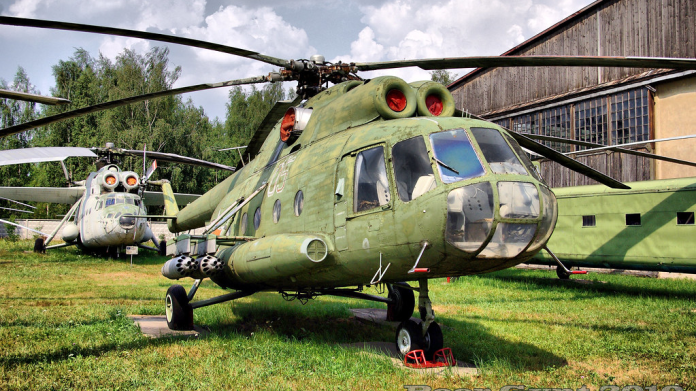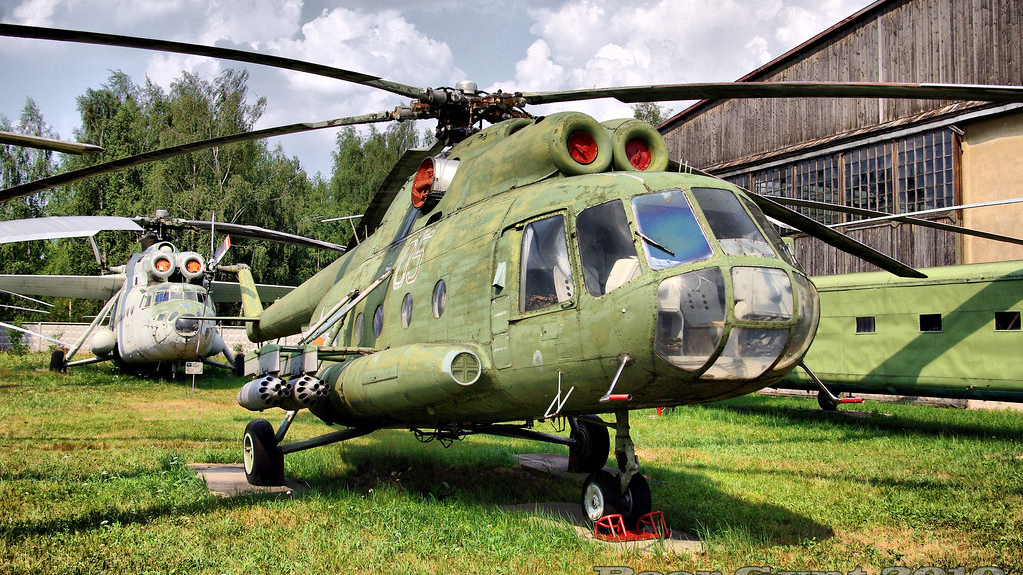
Rarer than a Cold War-era relic continuing to perform combat sorties? One shot down for the very first time in history. Recent Ukrainian missile attacks on Crimea have done just that, marking a milestone in a campaign that more and more mirrors Russia’s most valuable and frequently short-end military assets. Flown by high-performance drone squadrons, these missions are revolutionizing the battlefield far from the front of the battlefield.
For months, the Ukrainians have been digging deep: targeting radar sites, missile batteries, and planes stored in so-called safe hangars. Recent operations, directed by the “Ghosts” special forces unit, paired accurate drone bombings with painstaking intel to destroy gear Russia cannot easily replace. Every hit has both practical and symbolic significance, knocking out capabilities and morale along with demonstrating that Ukraine’s maturing strike doctrine is maturing.
From amphibian aircraft built in the 1950s to air-defense helicopters today, the list of knocked-out or disabled systems is a catalog of Russia’s extensive range of weaponry. There are seven of the most vivid examples of this catalog of operations..
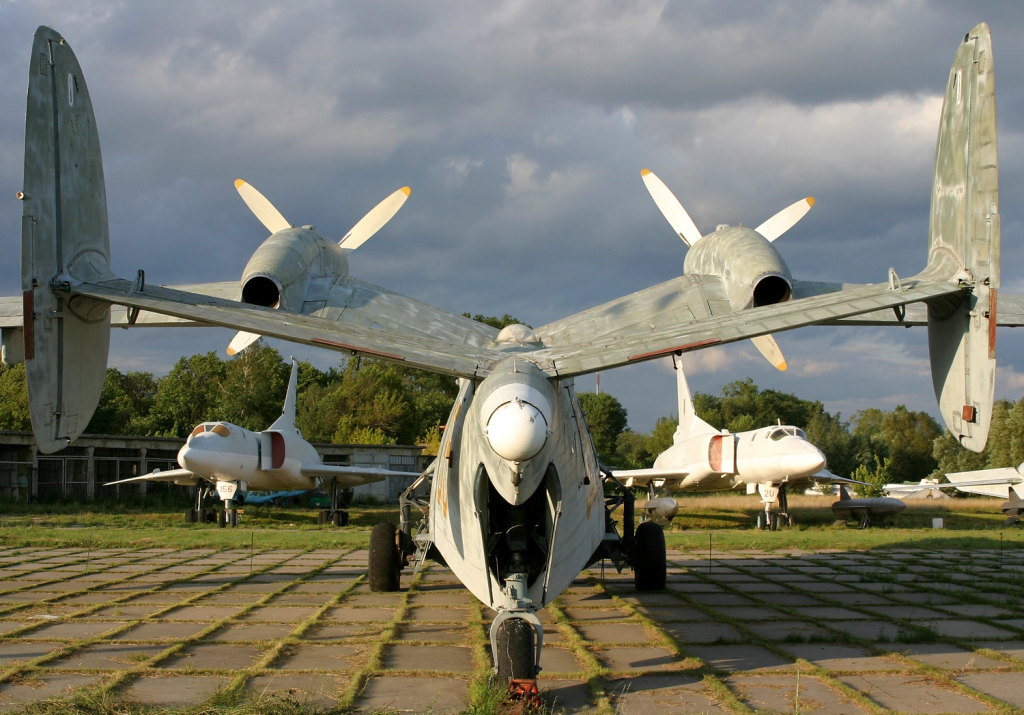
1. First-Ever Combat Loss of the Be-12 Chaika
The Ukrainian Defense Intelligence Directorate (DIU) informed that two Be-12 amphibious planes were struck at the Kacha airfield in the Crimean Peninsula under occupation. The DIU emphasized, “This is the first time ever a Be-12 has been hit in history,” as quoted by Ukrainska Pravda. The aircraft has been assigned the code name of “Mail” by NATO, and it was originally employed for anti-submarine warfare. Only 147 were produced, and it has been estimated that Russia might have fewer than 20.
The Be-12’s modern-day mission is now primarily maritime patrol, such as the detection of Ukrainian naval drones. Footage of the attack included drones striking both planes, one of tail number ’08 yellow,’ manufactured in 1971 and last flown by Russia’s 318th Regiment. Losing it not only eliminates an intelligence capability but also diminishes Russia’s capacity to monitor increasingly disputatious Black Sea.
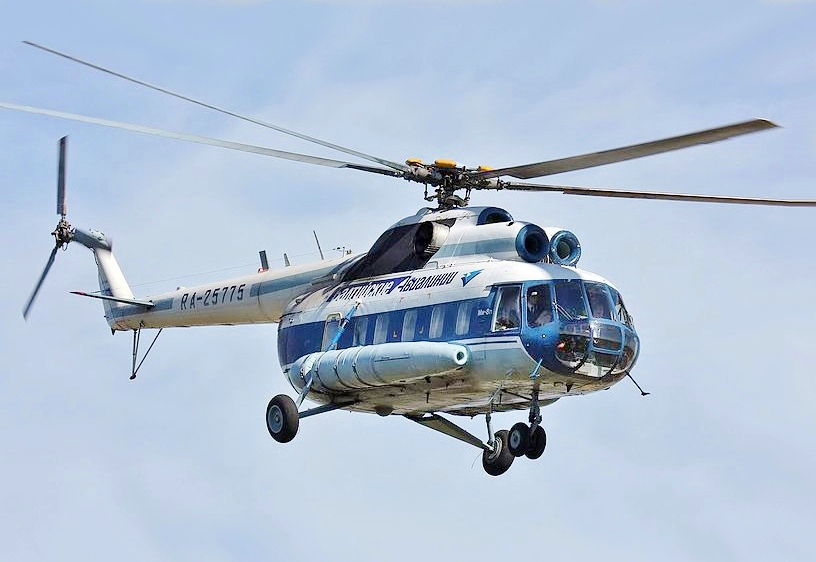
2. The Mi-8AMTSh-VN Air Defense Helicopter
Apart from the Be-12s, the Ghosts unit struck an Mi-8AMTSh-VN helicopter, a Soviet-era variant which has been modernized to be used for air defense missions instead of transport. Militarnyi reported on its upgraded avionics, infrared sight, and President-S defense system, which is able to detect and repel incoming missiles. It can use Ataka anti-tank missiles, Verba surface-to-air missiles, and S-8 unguided rockets.
This helicopter model has been employed to shoot down Ukrainian naval and air drones. Destroying them takes away a versatile defense platform from Russian capabilities, demoralizing local air control over coastal approaches to Crimea.
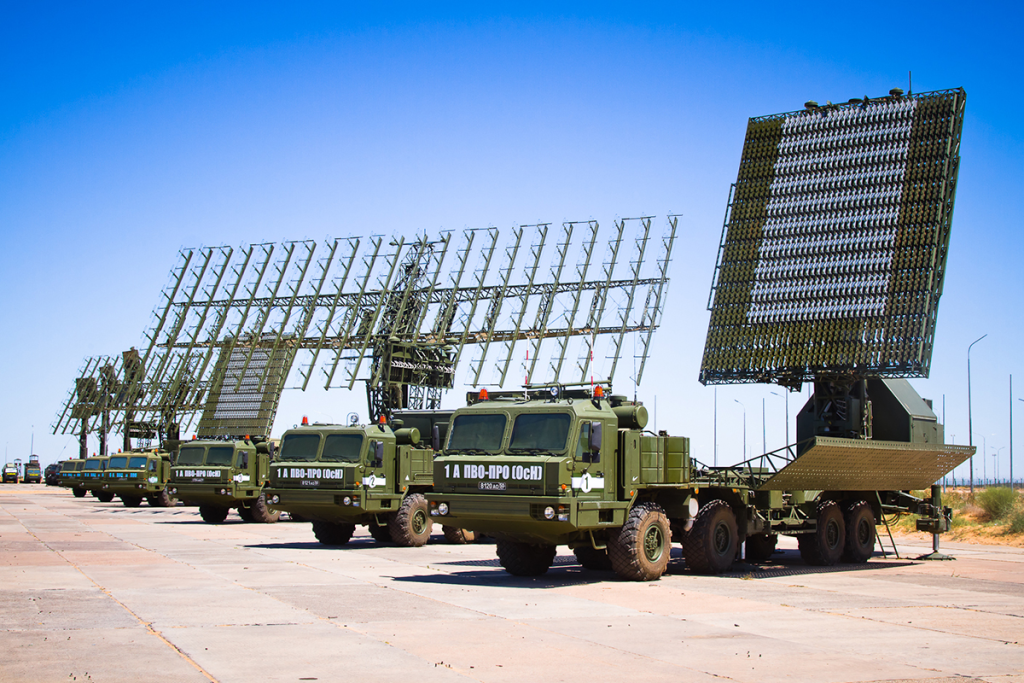
3. Destruction of the Nebo-M Long-Range Radar
Planet Labs satellite imagery showed that Ukraine struck a Nebo-M radar installation just outside Luhansk. The Nebo-M, operational since 2017, can track targets at ranges of up to 373 miles, including ballistic missiles and stealth aircraft. Equipment seen in imagery included RLM-M and RLM-D radar trucks, each mounted on 8×8 trucks and costing around $100 million.
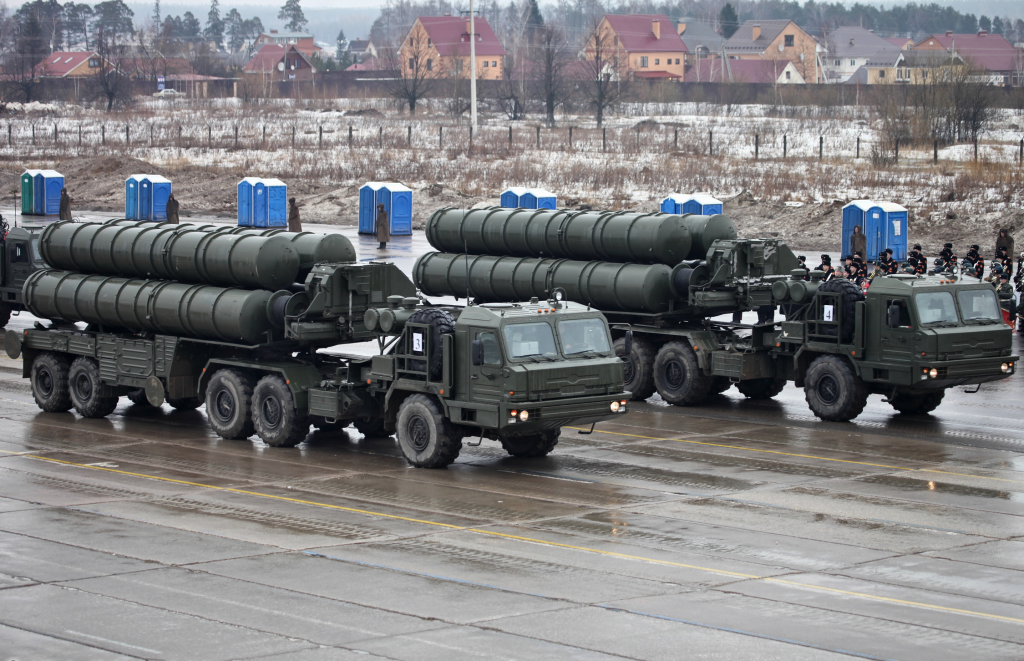
The radar provides targeting information to platforms such as the S-400, and it is thus a critical node within the Russian air defense system. ATACMS missiles supplied by the US have been speculated to have been potentially utilized, although this is yet to be confirmed. Destroying such a system could open doors for future long-range Ukrainian missile strikes.
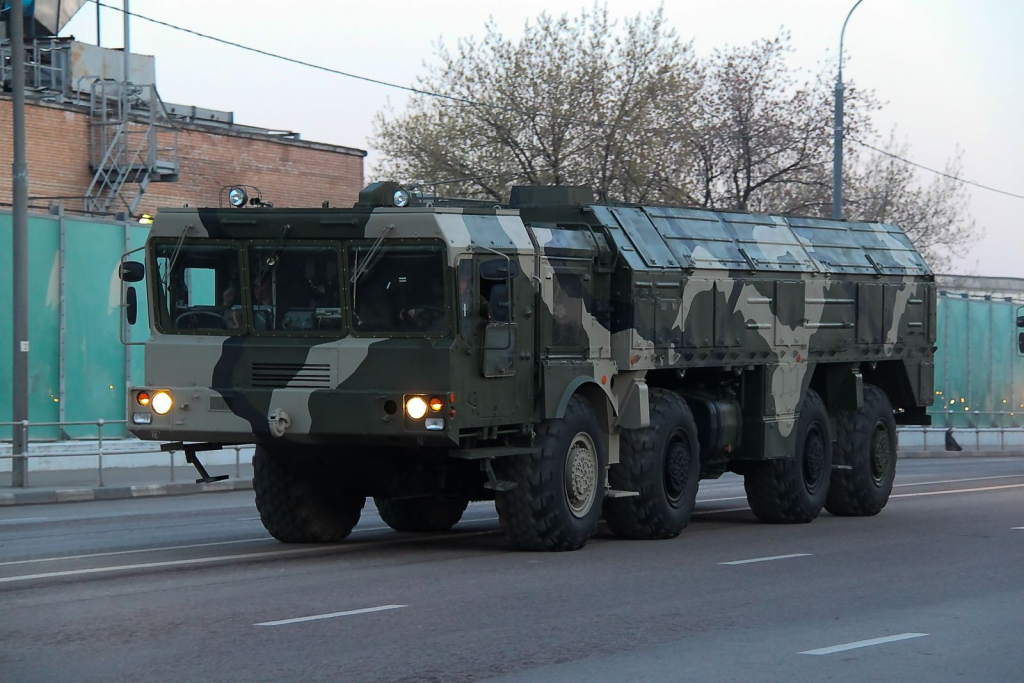
4. Iskander-M Missile System Vehicles
Russian media published photos of Iskander-M short-range ballistic missile system vehicles that were damaged by a Ukrainian drone attack. At least one launcher, five transport-loading vehicles, and a mobile command post were destroyed. Iskander-M can shoot ballistic as well as cruise missiles and is the heart and soul of Russia’s theater strike force.
By disabling multiple transporters, Ukraine has diminished Russia’s ability to redeploy and reload these types of missiles. The raid demonstrates how cheap loitering munitions, utilizing sharp intelligence, could destroy valuable systems that were once thought safe behind lines.
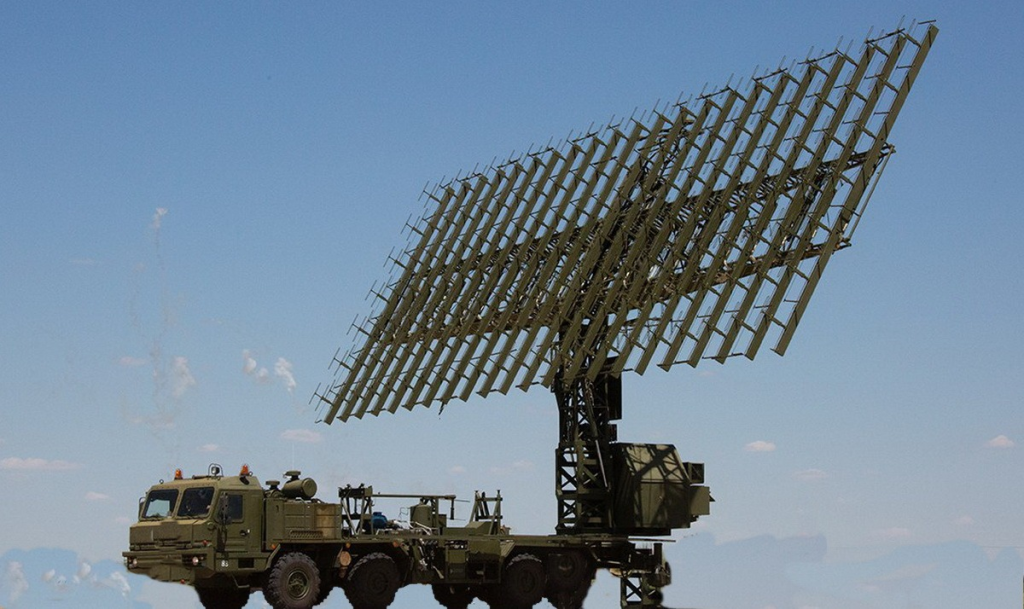
5. Previous Ghost Unit Operations in Crimea
Days prior to the Be-12 strike, DIU video recorded Ghosts attacking three Mi-8 helicopters and a Nebo-U radar site in Crimea. These complex attacks are part of a trend: striking capabilities that combine mobility with strategic sensing or defensive missions.
These missions force Russia to scatter and hide its gear, complicating logistics and making readiness more difficult. They also show Ukraine capable of conducting repeated precision strikes in highly defended environments.
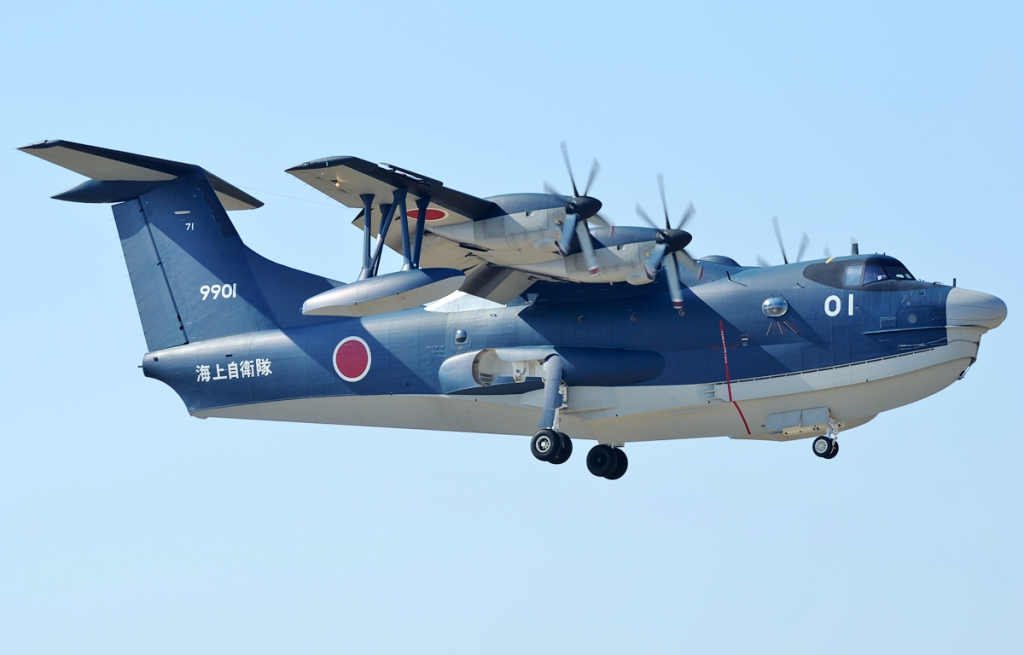
6. Amphibious Aircraft’s Strategic Value
The Be-12’s destruction resonates beyond its immediate tactical impact. Amphibious aircraft have historically been vital connectors in maritime operations, from World War II’s PBY Catalina to modern Japanese ShinMaywa US-2s. As noted in U.S. Navy analyses, such platforms offer flexibility for reconnaissance, search-and-rescue, and logistics in austere environments.
Russia’s reversion to operation of Be-12s on Black Sea patrol missions demonstrates their worth in detecting unmanned surface craft. Reducing that number by two with a single strike severely hampers operations, perhaps necessitating dependence on less capable systems.
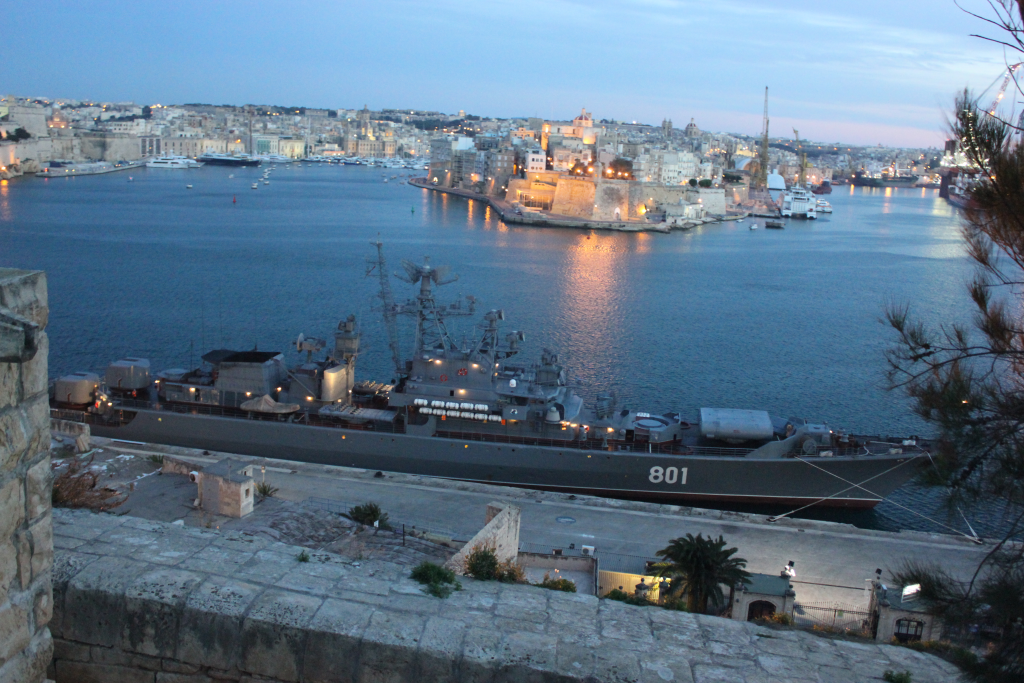
7. Black Sea Fleet Operations Impact
Ukraine’s increased deployment of naval drones has already pushed the majority of Russia’s Black Sea Fleet out of Sevastopol to Novorossiysk. Loss of patrol aircraft and air-defense helicopters further weakens Russia’s capacity to defend its sea approaches.
Ongoing bombardment of Crimea’s air bases and radar stations forces Russia to spend money on hardened shelters and dispersal capability. Each loss a stray plane or a system-leading radar gain-pressures an already changing fleet.
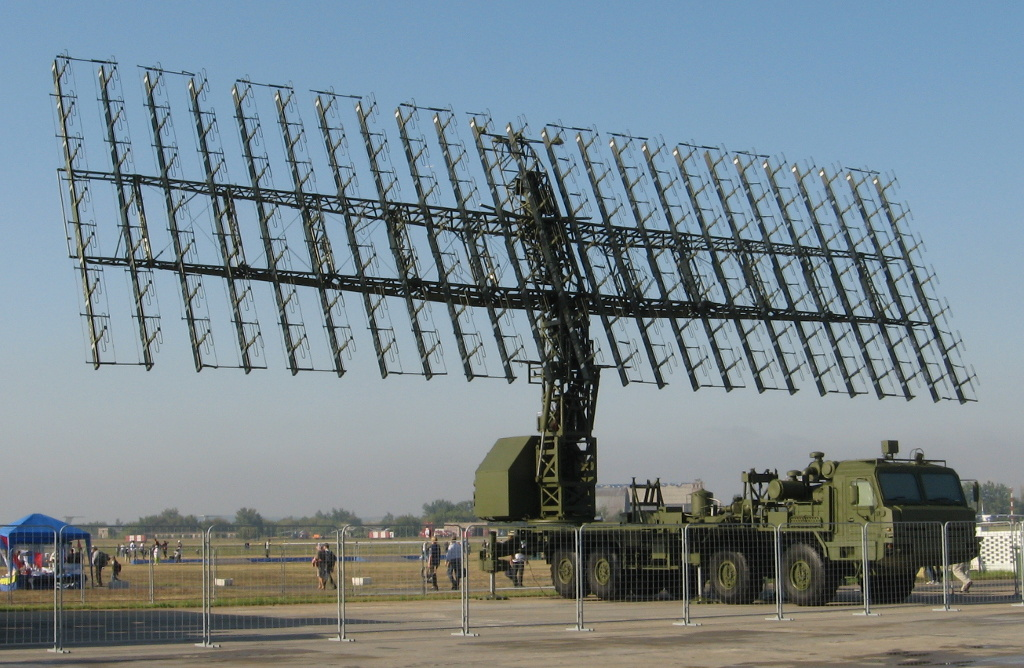
Ukraine’s recent series of strikes are significant not only because of the hardware they destroyed, but because of the precision and determination behind them. Attacking rarefied, high-priority targets such as the Be-12 and Nebo-M, Kyiv is eroding capabilities that cannot quickly be replaced. To military strategists, these operations demonstrate the manner in which precision drone warfare can change strategic calculations, even in areas long under the influence of established power.
